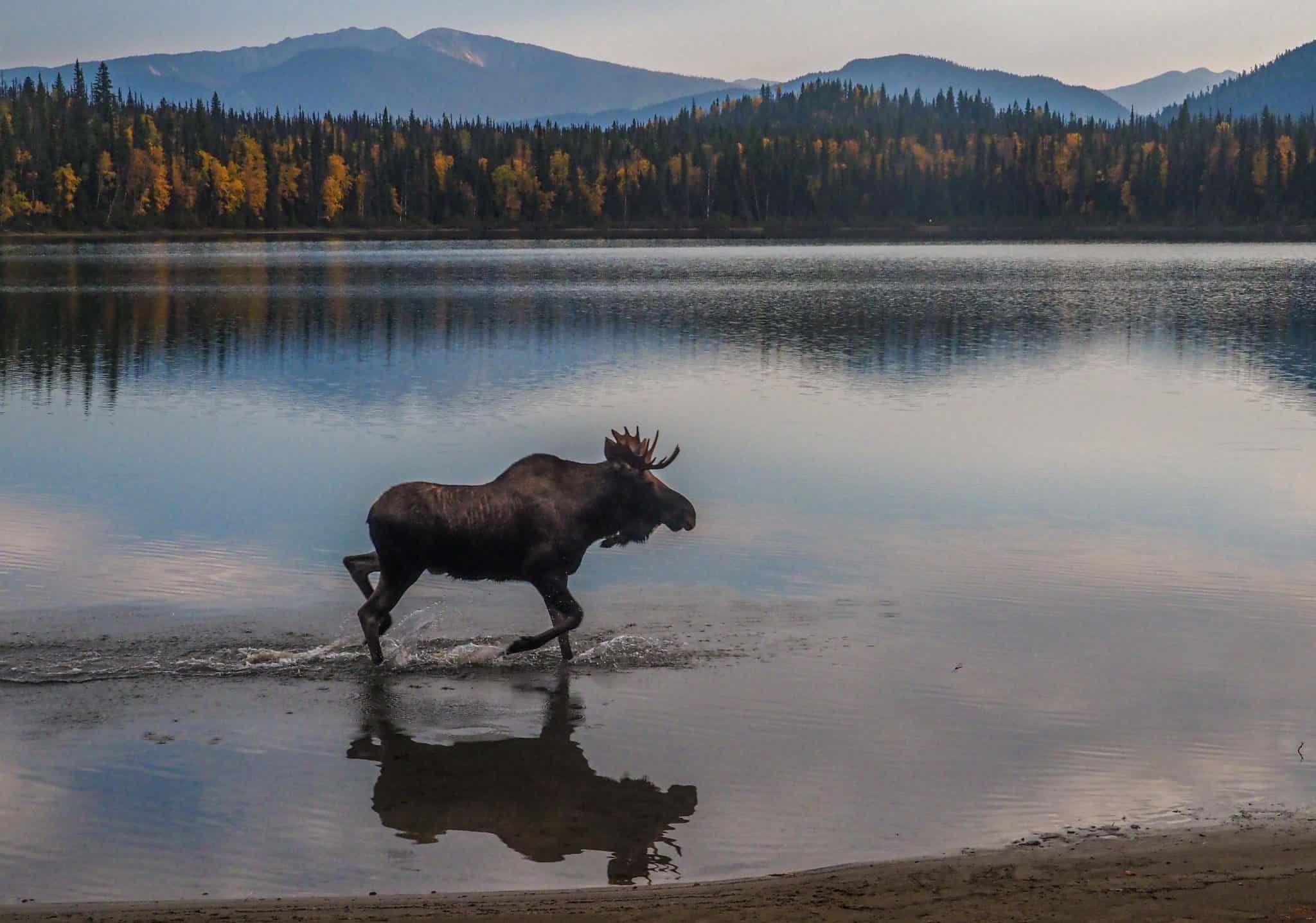Home Our Territory Wildlife Moose
Moose
Protection of moose
Moose meat has long sustained the Tŝilhqot’in people but moose populations are declining rapidly in the Tŝilhqot’in territory.
Moose were once abundant, but in recent years our hunters are reporting too few moose on the territory to feed our families and communities. Many have chosen not to hunt out of deep concern for future generations.
Moose populations are now at their lowest numbers on record. Yet BC doubled the Limited Entry Hunt (LEH) in the territory during the 2022 season. We opposed this decision and continue to fight for the recovery of moose populations. Our territory needs better research and data, better access management, stronger habitat protection, and emergency measures to reverse this tragic decline.

Bull Moose (Credit: Lesly Derksen)
Protective Measures
The Tŝilhqot’in National Government (TNG) has been working for decades to protect moose populations. Some of these measures include:
- Development and implementation of the Tŝilhqot’in Ranger program to monitor moose populations
- Managing access routes on the land
- Endorsing a cow moose signage project and increasing signage within the territory
- Signing Memorandums of Understanding (MOUs) between three of six communities in the Nation with the Conservation Officer Service committing to no harvesting of cow moose
- Creating and partaking in “moose solution round table” meetings with local stakeholders and communities
- Signing of the Moose Co-Management Agreement between British Columbia and TNG in 2018
Resources
- Tsilhqotin Nation Nulh Ghah Dechen Ts’edilhtan (“Tŝilhqot’in Nation Wildlife Law”)